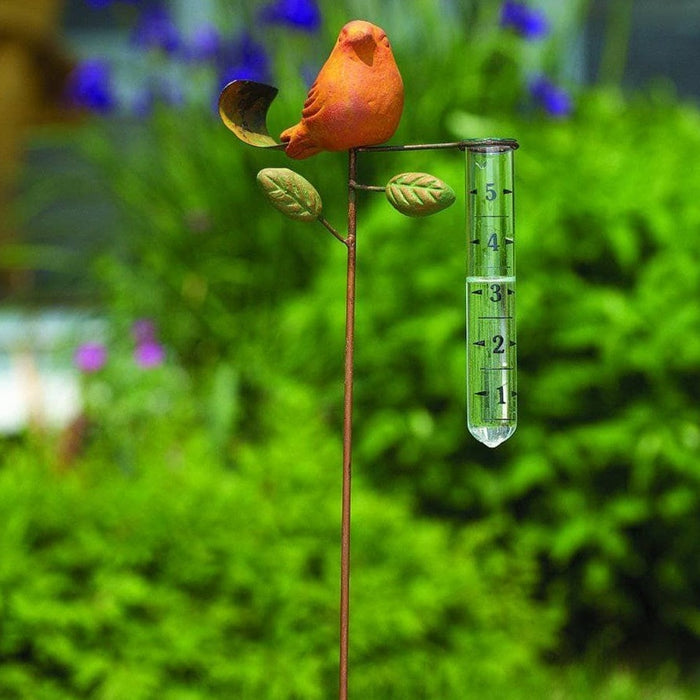Your Go-To Source on The Rain Gauge: Advantages and Practical Applications
Your Go-To Source on The Rain Gauge: Advantages and Practical Applications
Blog Article
Do It Yourself Rain Gauge: Simple Actions to Make Your Own
Are you curious about tracking rains in your area? Producing your own do it yourself rainfall gauge is a straightforward and efficient means to videotape and determine rainfall. With just a couple of typical materials and some standard actions, you can quickly create your very own rain scale in your home. In this overview, we will give you with a step-by-step procedure to help you produce your very own rainfall gauge. No requirement for any type of specialized expertise or equipment - this task can be completed by any individual. By following these straightforward instructions, you will have a reliable tool to gauge rainfall and add to your understanding of the regional weather patterns. So, allow's obtain started on making your do it yourself rainfall gauge today!
Gather Materials
To begin creating your DIY rainfall gauge, collect all the necessary materials making use of a thorough listing of products. Having the ideal products accessible will certainly ensure the successful creation of your rain scale and enable precise dimensions of rainfall. You will certainly need a clear plastic container or cylinder, such as a plastic bottle or jar. See to it the container is clear so that you can conveniently see the water level inside. Next, you will certainly need a leader or determining tape to mark the increments on the container. This will certainly allow you to determine the amount of rainfall accurately. Additionally, you will certainly require a long-term pen or water-proof tape to note the measurements on the container. When exposed to rain, this will guarantee that the markings stay noticeable even. Lastly, you will need a sturdy base or risk to securely hold your rainfall scale in area. This can be a wood or metal stake that can be inserted right into the ground or a durable level surface area to offer security. Collecting these materials ahead of time will certainly streamline the construction procedure and guarantee that you have everything you require to create your very own DIY rain gauge.
Prepare the Container

Mark the Measurement Increments
To accurately gauge the quantity of rainfall, accurately marking the measurement increments on your do it yourself rainfall gauge is essential. Without exact and clear markings, it would certainly be difficult to figure out the exact amount of rains gathered in your rainfall gauge. Right here are the actions to mark the measurement increments on your rainfall gauge.
The most usual units for determining rainfall are inches and millimeters. When you have actually selected the unit, utilize a permanent marker or water-proof paint to note the increments on the side of your rain gauge.
When noting the increments, it is essential to make certain that they are evenly spaced and plainly noticeable. Use a ruler or gauging tape to ensure accuracy and uniformity. In addition, make certain that the markings are immune to fading or abrading, as exposure to the aspects might create them to deteriorate gradually.
Area the Rain Gauge Outdoors
The rainfall scale need to be put outdoors to precisely accumulate rainfall data. The location chosen for the rain gauge should be free and open from any obstructions that can potentially affect the measurement of rains. The Rain Gauge.
Furthermore, it is important to position the rainfall gauge on a secure surface area, such as a degree ground or go to these guys a durable post. This will certainly avoid any activity or tilting of the gauge, which can bring about imprecise dimensions. It is likewise recommended to avoid positioning the scale near any kind of resources of synthetic water, such as sprinklers or water drainage systems, as this might hinder the precision of the dimensions.
Screen and Document Rain Data
Normal surveillance and recording of rains data is essential for exact data evaluation and analysis. By keeping track of rains measurements, you can obtain useful insights right into weather condition patterns, climate trends, and water source management. To properly keep an eye on and tape-record rains data, it is important to develop a routine and keep constant methods.
Firstly, make certain that your rain scale is positioned in an open location away from barriers such as trees or buildings that might block rainfall. In addition, make sure the rainfall gauge is degree and securely secured to avoid any kind of movement that might influence the accuracy of the dimensions.

When recording the rainfall data, it is very important to keep in mind the day and time of each measurement. Use a ruler or a determining adhere to establish the rainfall deepness in the rainfall scale, and document this details accurately.
To make sure the precision of the dimensions, it is suggested to empty the rain gauge try here after each recording. This will certainly avoid any kind of overflow or dissipation from affecting succeeding measurements.
Verdict
In conclusion, creating a DIY rainfall gauge is a simple and functional method to check and tape-record rainfall data (The Rain Gauge). By complying with the actions described in this article, you can easily gather materials, prepare the container, mark the dimension increments, and position the rainfall gauge outdoors. Regularly keeping track of and taping rainfall information can give valuable info for numerous purposes
Having the ideal materials on hand will make certain the successful production of your rainfall scale and permit for precise dimensions of rainfall.To accurately gauge the amount of rains, accurately marking the measurement increments on your DIY rainfall scale is crucial.The rain gauge ought to be positioned outdoors to properly collect rains information. The place picked for the rainfall gauge need to be open and complimentary from any blockages that could possibly affect the dimension of rainfall.In verdict, developing a DIY rainfall gauge is a useful and easy way to check and record rainfall data.
Report this page